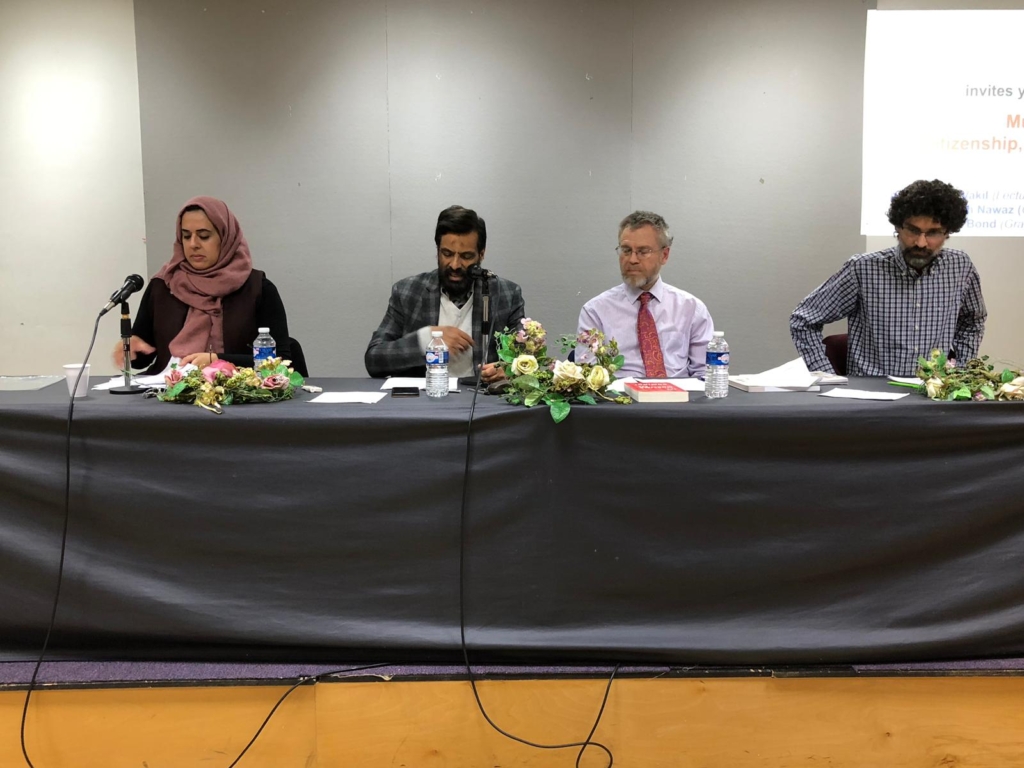However, the region, whose share in the world economy is slated to rise steadily, could see resurfacing of food crisis, according to the Economist Intelligence Unit (EIU).
The GCC, which has now delayed the formation of common currency, should explore pegging the currency to a basket that includes oil and gold, said the EIU report titled ‘The GCC in 2020: Outlook for the Gulf and the Global Economy’, prepared in association with the Qatar Financial Centre Authority.
EIU Economist Jane Kinninmont yesterday said in Doha that the GCC region could see its real gross domestic product (GDP) growing by 5.4% in 2010, 4.9% by 2015 and 4.5% by 2020.
The report assumed an oil price of $ 50-60 a barrel, which would provide sufficient government revenue to boost investment in infrastructure and human capital.
The pace of growth would be slightly higher than aggregate global growth; an annual average of 4.5% real GDP versus 3.3% globally, said Kinninmont, who is also the editor of the report.
“In 2020, the GCC is projected to be a $ 2tn economy, providing nearly one-quarter of the world’s oil supplies as well as increasing quantities of petrochemicals, metals and plastics,” said the report.
The GCC region’s per-capita real GDP was expected to grow 1.3% to $ 18,643 in 2010, by 1.7% to $ 20,260 in 2015 and by 2.1% to $ 22,543 in 2020, she said.
The GCC’s share in the world economy was expected to grow steadily up to 2020 as it could grow from 1.5% in 2010 to 1.6% in 2015 and 1.7% in 2020, since the world would become more dependent on the GCC oil and gas and that non-Opec oil supply would be limited as well as the region will continue to look eastwards for trade and investments.
China, India and Brazil were expected to take the centre stage as their share in the world economy was poised for higher growth, she said, adding that by 2020, China would have overtaken Japan as the world’s largest economy.
Although “the GCC is well positioned to benefit from these trends”, the region faced challenges due to intensifying competition from other countries as well as in their “fledgling” manufacturing and services sub-sectors, including knowledge-based industries, Kinninmont said.
The report said production of hydrocarbons in the GCC could rise substantially by 2020, but much of it would be used for manufacturing to value add their economies and provide more jobs rather than being exported.
“The GCC will remain dependent on foreign labour by 2020 despite a range of efforts to encourage the employment of nationals,” the report said.
She also cautioned that the food security issue would resurface as the GCC food import bill was expected to more than double to $ 49.4bn by 2020 from $ 24bn in 2008, mainly due to water scarcity, which meant that domestic farm production tends to be costly.
“If the GCC presses ahead with investments in agriculture overseas, it could potentially give a significant boost to agricultural production in poor countries” but there could be a risk of a “political backlash” against GCC investors, like any foreign landowners, especially in times of food shortages, it said.
In this context, the report said the GCC countries would also explore wide-ranging purchases of agricultural land in the regions such as Africa, Central Asia and Southeast Asia.
On the proposed Gulf currency, she said it was ideal that the GCC pegged it with the basket, which also includes oil and gold, as it has been argued that commodities could act as a counterweight to currencies.
The inclusion of oil in particular would help the currency to at least partly reflect fluctuations in demand for the GCC’s key export, she added.


